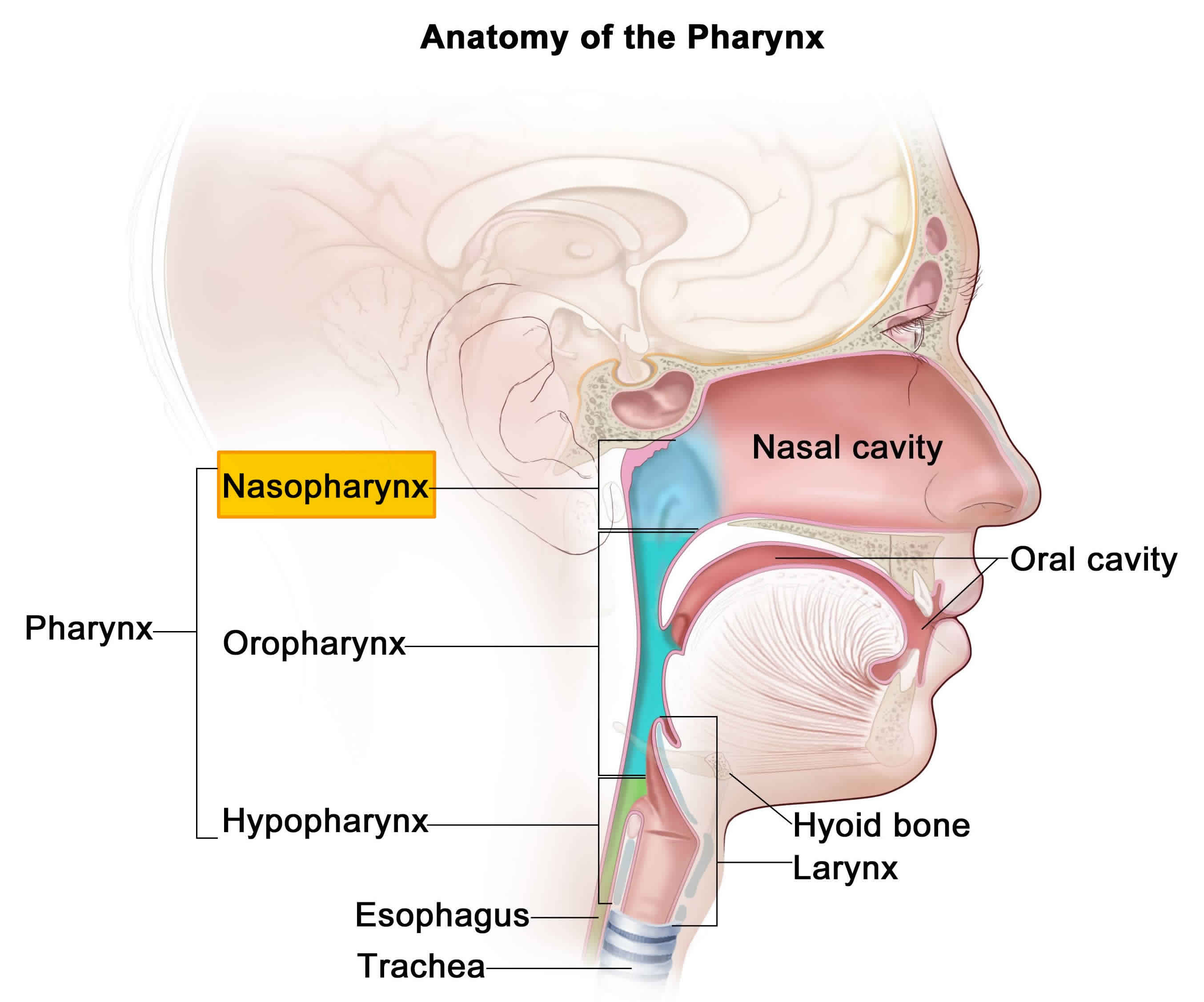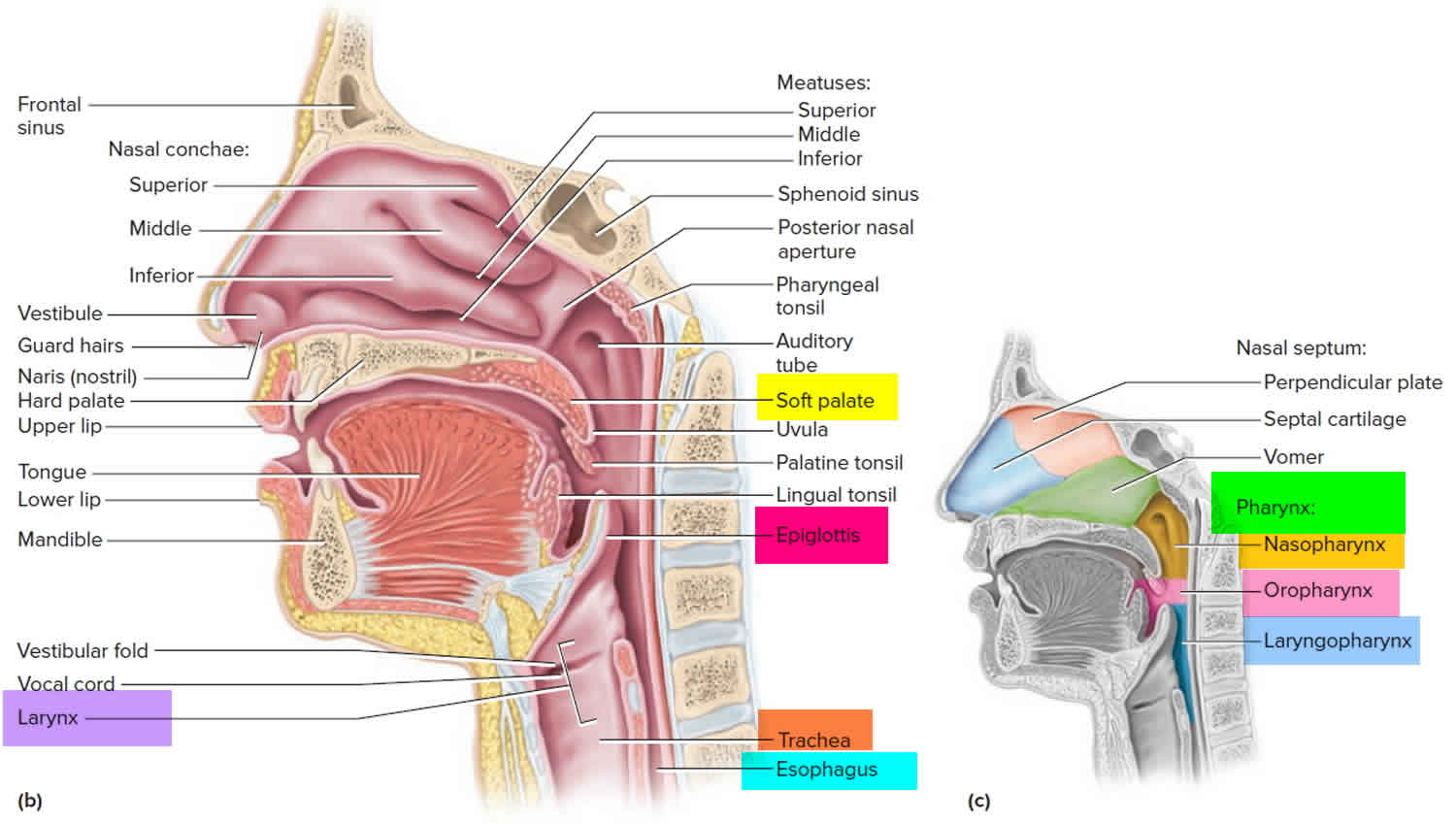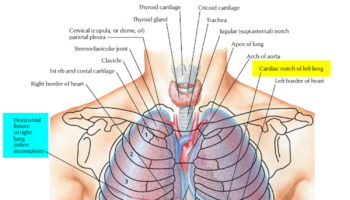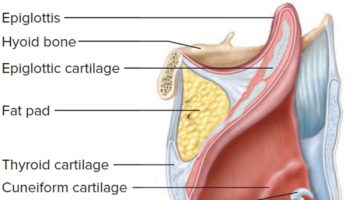What is nasopharynx
Nasopharynx is a small, box-like chamber above the soft palate that connects the nose to the oropharynx. The nose via the nasopharynx directly communicates with the multiple sinuses of the face, brain via cribriform plate, and the pharynx, esophagus, and trachea. The nasopharynx leads into the oropharynx and then into the hypopharynx.
The posterior apertures (choanae) of the nasal cavities open into the nasopharynx above the soft palate. The nasopharynx receives the auditory (eustachian) tubes from the middle ears and houses the pharyngeal tonsil. The nasopharynx passes only air and is lined by pseudostratified columnar epithelium. Inhaled air turns 90° downward as it passes through the nasopharynx. Relatively large particles (>10 μm) generally cannot make the turn because of their inertia. They collide with the wall of the nasopharynx and stick to the mucosa near the tonsil, which is well positioned to respond to airborne pathogens.
The pharynx is a hollow tube about 5 inches long that starts behind the nose and ends at the top of the trachea (windpipe) and esophagus (the tube that goes from the throat to the stomach). Air and food pass through the pharynx on the way to the trachea or the esophagus. The nostrils lead into the nasopharynx. An opening on each side of the nasopharynx leads into an ear.
Figure 1. Nasopharynx
Nasopharynx location
Nasopharynx is the upper part of the throat (pharynx) that lies behind the nose. The nasopharynx a box-like chamber about 1½ inches on each edge. Nasopharynx lies just above the soft part of the roof of the mouth (soft palate) and just in back of the nasal passages.
What is the function of the nasopharynx?
The nasopharynx serves as a passageway for air traveling from the nose to the throat (and then on to the lungs).






